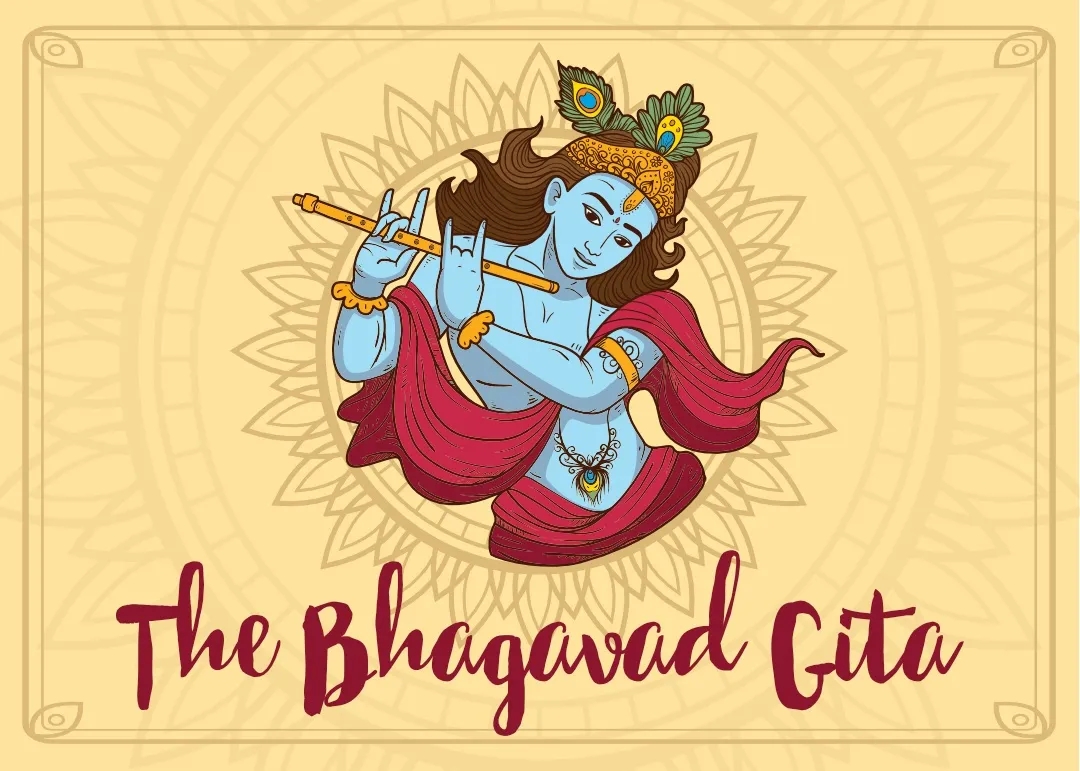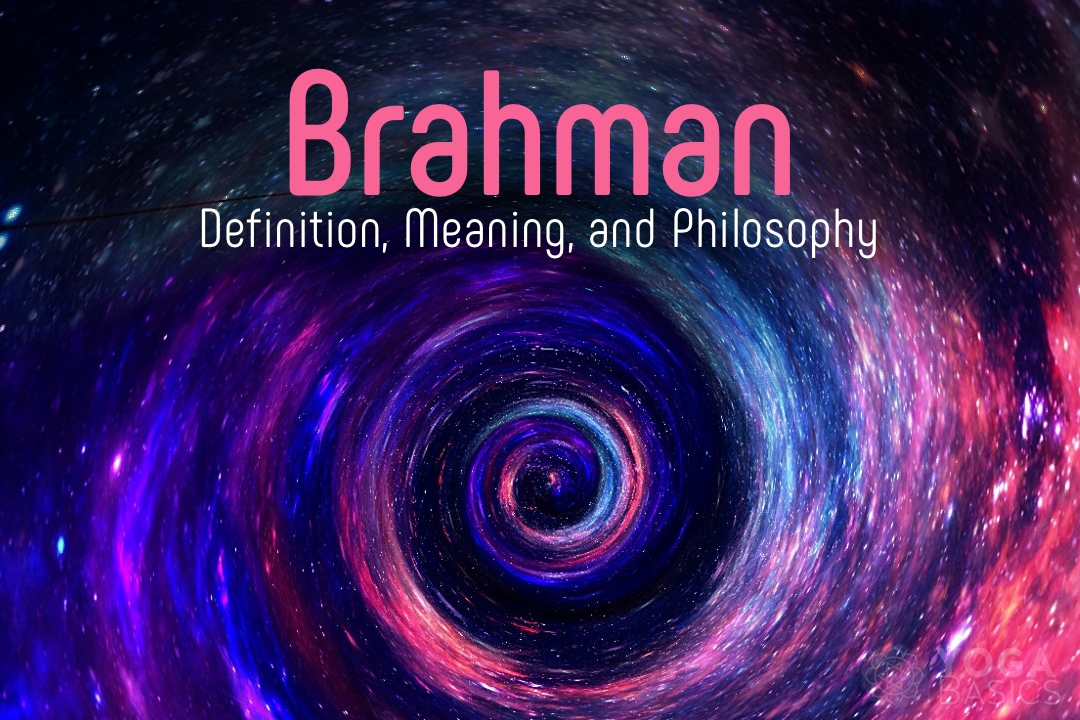The Bhagavad-Gita, also known as “Song of the Lord”, or ancient Sanskrit texts, contains some of the strongest teachings on yoga. The Bhagavad Gita is a timeless spiritual text which offers advice and teachings on our true nature and life purpose. The Bhagavad-Gita is not a guide to yoga postures and breathing techniques but a higher concept. It explains the nature of existence, how to lead a meaningful life, importance of spiritual searching, as well as the various paths to knowledge.
What is the Bhagavad-Gita?
The Bhagavad-Gita is India’s most revered and famous spiritual text. The Bhagavad-Gita, composed of 700 Sanskrit lines, was part of the Mahabharata in the third or forth century BCE. It is commonly known as the Gita. The dialogue takes place between Arjuna, Arjuna’s charioteer and friend, and Sri Krishna. The sage Vyasa is credited with writing the Gita, which occupies Chapters 23 to 40 in Book VI of Mahabharata. According to Hindu legend, Vyasa told the story while Ganesha, an elephant-headed deity who was transcribed by breaking his tusks for use as a pen.
Why is Bhagavad-Gita important for yoga?
The Bhagavad-Gita is important for yoga practice for several reasons. The story begins in the first chapter with Arjuna seeking guidance from Krishna on a battlefield, just before the beginning of a massive war. Arjuna faces a moral and personal crisis when he realizes that if he fights in the war, a lot of family and friends on both sides will die. The conversation between Arjuna, Krishna, and other characters develops into an in-depth discourse about the nature of soul, purpose of life, and threefold path to yoga.
The Gita’s promotion of and discussion on the middle path is one of the reasons it is so revered. Many sacred texts and yoga teachings, including the Gita itself, advocate complete renunciation to the world in order to live the life of a hermit or ascetic. Krishna says in the Gita that it is both difficult and unnecessary to practice this. Krishna suggests that the fastest and best way to realize the Divine is through Karma yoga, or selfless service. Krishna instructs that once one has mastered Karma Yoga one can then move on to the more advanced practice of Meditation. Krishna emphasizes devotion and faith as key factors in achieving the unitive state at the end of Gita. All the techniques, philosophies and practices that Krishna praises are easy to practice and can be incorporated into daily life.
The Bhagavadgita describes different types of yoga.
The Gita provides new, refined definitions for the word Yoga and describes different types of yoga. This is a significant shift, as it was previously described in a complex way. In the second chapter, yoga is defined as a state of equanimity that can be achieved through an indifference towards pleasure and pain and detachment to the fruits of one’s activities. In the next section, there are three types of Yoga: Karma Yoga Bhakti Yoga, and Jnana Yoga. Karma Yoga is a path of selfless actions, Bhakti Yoga is a path of devotion and Jnana Yoga the path to knowledge.




